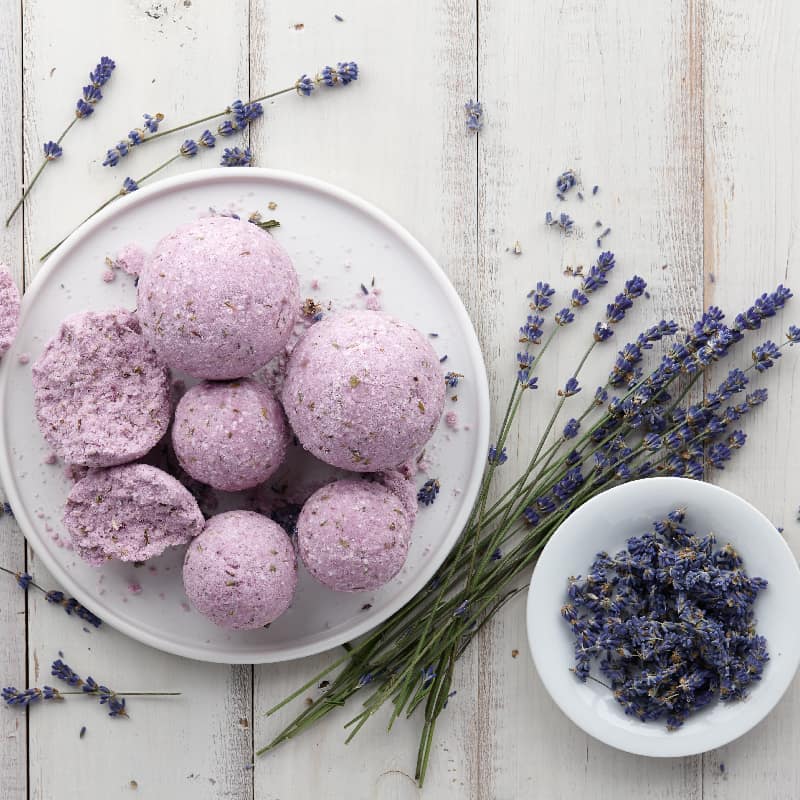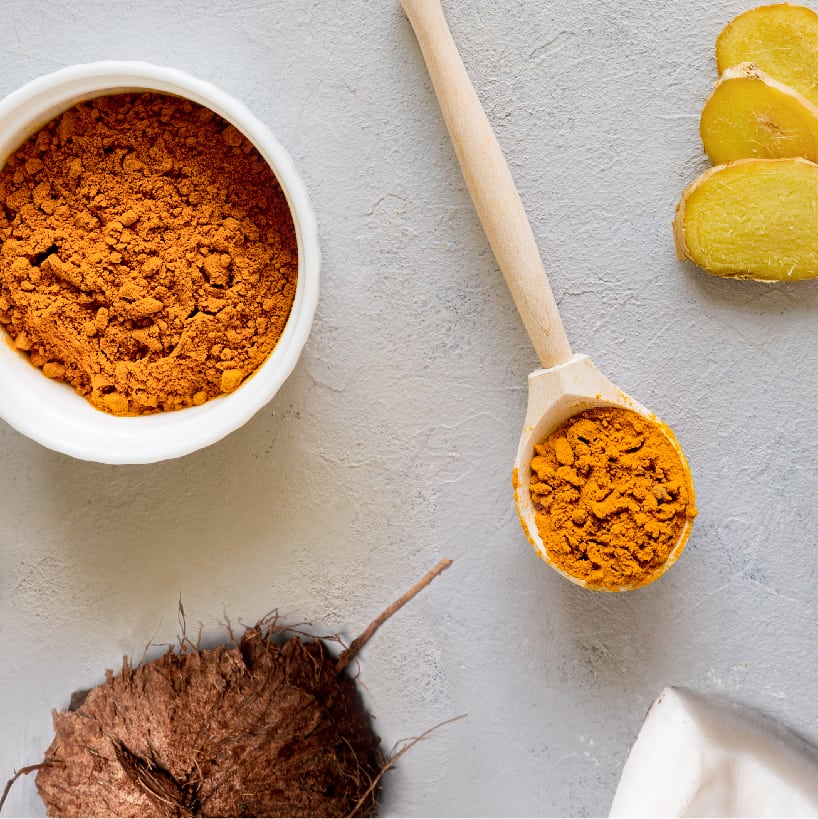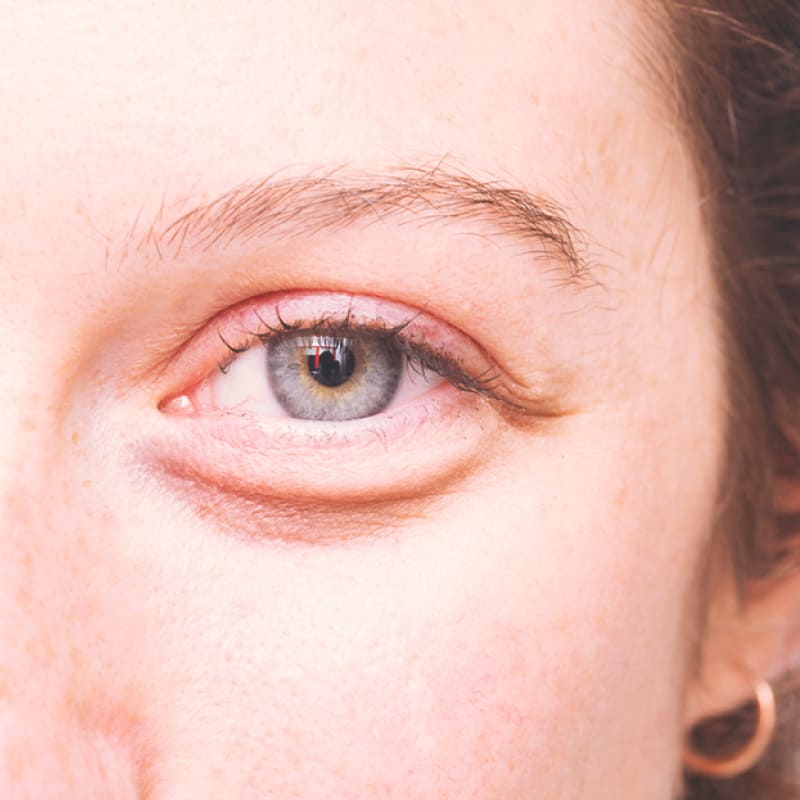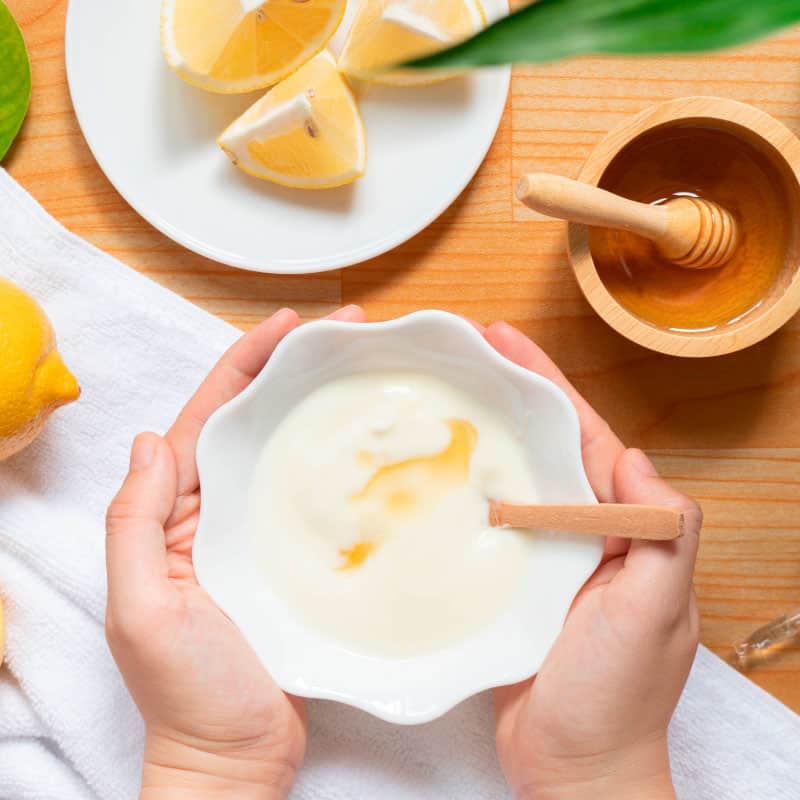This Dr. Axe content is medically reviewed or fact checked to ensure factually accurate information.
With strict editorial sourcing guidelines, we only link to academic research institutions, reputable media sites and, when research is available, medically peer-reviewed studies. Note that the numbers in parentheses (1, 2, etc.) are clickable links to these studies.
The information in our articles is NOT intended to replace a one-on-one relationship with a qualified health care professional and is not intended as medical advice.
This article is based on scientific evidence, written by experts and fact checked by our trained editorial staff. Note that the numbers in parentheses (1, 2, etc.) are clickable links to medically peer-reviewed studies.
Our team includes licensed nutritionists and dietitians, certified health education specialists, as well as certified strength and conditioning specialists, personal trainers and corrective exercise specialists. Our team aims to be not only thorough with its research, but also objective and unbiased.
The information in our articles is NOT intended to replace a one-on-one relationship with a qualified health care professional and is not intended as medical advice.
How to Get Rid of Scars Naturally (& Other Procedures)
October 3, 2024
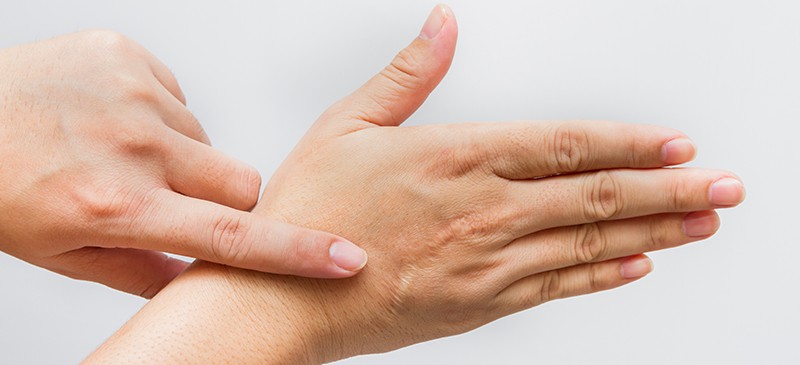
For some, scars can be great storytellers and conversation starters, but for many, they are unsightly and sometimes even embarrassing. In fact, they can be life-changing and traumatic to manage on a daily basis, depending on the exact circumstances of the scar — which is why many people wonder how to get rid of scars.
Turns out, there are several scar treatment options that allow you to avoid surgical procedures. Below are some secrets on how to get rid of scars naturally and safely in the comfort of your own home.
These natural scar remedies include shea butter and coconut oil, essential oils for scars, apple cider vinegar, and so much more. The best part is, if you try these treatments — many of which double as home remedies for acne — not only are they excellent for scar removal, but they leave your skin healthier overall!
How to Get Rid of Scars Naturally
Scars are typically the result of an injury, such as a small cut, laceration or burn; stretch marks from pregnancy or significant weight changes; or an incision due to surgery or even acne. Scars can be flat or may protrude, often severely.
They can be difficult to live with, especially if the scar is in an exposed location on the body, such as the face or hands, which is why so many people want to know how to get rid of scars. So if you’re wondering how to get rid of scars, here are some natural scar removal options.
1. Shea butter and coconut oil
If you experience an injury, such as a cut, laceration or burn, keep the area moist and covered while it heals.
You can use shea butter or coconut oil to keep the wound moist. This may help prevent a scar or keep a scar from getting too large, deep or itchy.
The omega-3 fatty acids and antioxidants in both shea butter and coconut oil have been shown to inhibit keloid scar tissue and repair skin. Additionally, because shea butter and coconut oil are very effective at moisturizing the skin, they can be part of a continued regimen to help minimize some scarring.
Simply apply shea butter or coconut to the skin two to three times a day. There is no need to wash it off since shea butter and coconut oil are both very beneficial for your skin.
However, be careful not to let it get on any silk garments, as it may stain.
2. Silicone gel sheeting
Another option for how to get rid of scars is silicone gel sheeting. This is a sticky, clear pad that goes over a cut and can speed healing, similar to how Band-Aids can help with fast wound care.
It also can also make scars less red and painful.
Silicone gel sheeting has been widely used in clinical practice since the early 1980s. Although gel sheeting can be an effective treatment, there are some downsides to some conventional gel sheets.
Some patients may have skin reactions to the tape used for fixation, experience excessive sweating, or have difficulty and frustration in its application. In addition, the visibility of the treatment in the case of scars located in visible areas, such as the face, can be obvious and a bit unattractive.
However, silicone gel does not require fixation and is nearly invisible when dry, suggesting that it could be especially useful and less embarrassing. Regardless, it usually requires multiple applications in a day and a waiting period while it dries so the dressing does not smudge.
Friction by clothes can cause problems as well, which does not always make this treatment practical for everyone.
If this is a practical option for you, however, it’s quite a good one.
A 2009 study published in the Journal of Cutaneous and Aesthetic Surgery examined the efficacy of silicon gel on scars on 30 patients. Silicone gel was applied as a thin film twice a day and examined monthly for six month.
At the end of the study, researchers found that “topical silicon gel is safe and effective treatment for hypertrophic and keloidal scars.” In addition, they noted that it’s “easy to apply and cosmetically acceptable.”
3. Pressure garments
Using mechanical compressive force exerted by pressure garments to treat scars in burn patients was first prescribed in 1860. Before prescribing commercial pressure garments, the newly healed skin must be preconditioned to accept the stress and pressure exerted by the garments.
For this, initial gentle pressure is applied using crepe bandages.
Currently, elastic compression using elastic garments is the predominant means of using pressure garments. Some studies suggest no noticeable healing, but others, like a 2010 study published in the Indian Journal of Plastic Surgery, report that pressure therapy achieves regression success rates of 60 percent to 85 percent in scarring.
Pressure garments or silicone sheets can flatten and reduce the appearance of raised scars over time by applying consistent pressure for some people.
4. Onion extract/gel
Onion extract is another natural option that can be used for how to get rid of scars, including keloid scars, because it contains several unique bioflavonoids, such as quercetin, kaempferol and cepalin.
A study in the Journal of Clinical and Aesthetic Dermatology asked six subjects to apply onion extract to an affected area for a period of four weeks. While some subjects experienced mild stinging, the stinging resolved quickly.
At two weeks, the subjects rated the gel-applied scars to be significantly softer than the control scars. After four and eight weeks of application, all appearance variables of the gel-applied scars had significantly improved.
It was concluded that onion extract gel is safe and significantly improves scar appearance after four weeks of once-daily application.
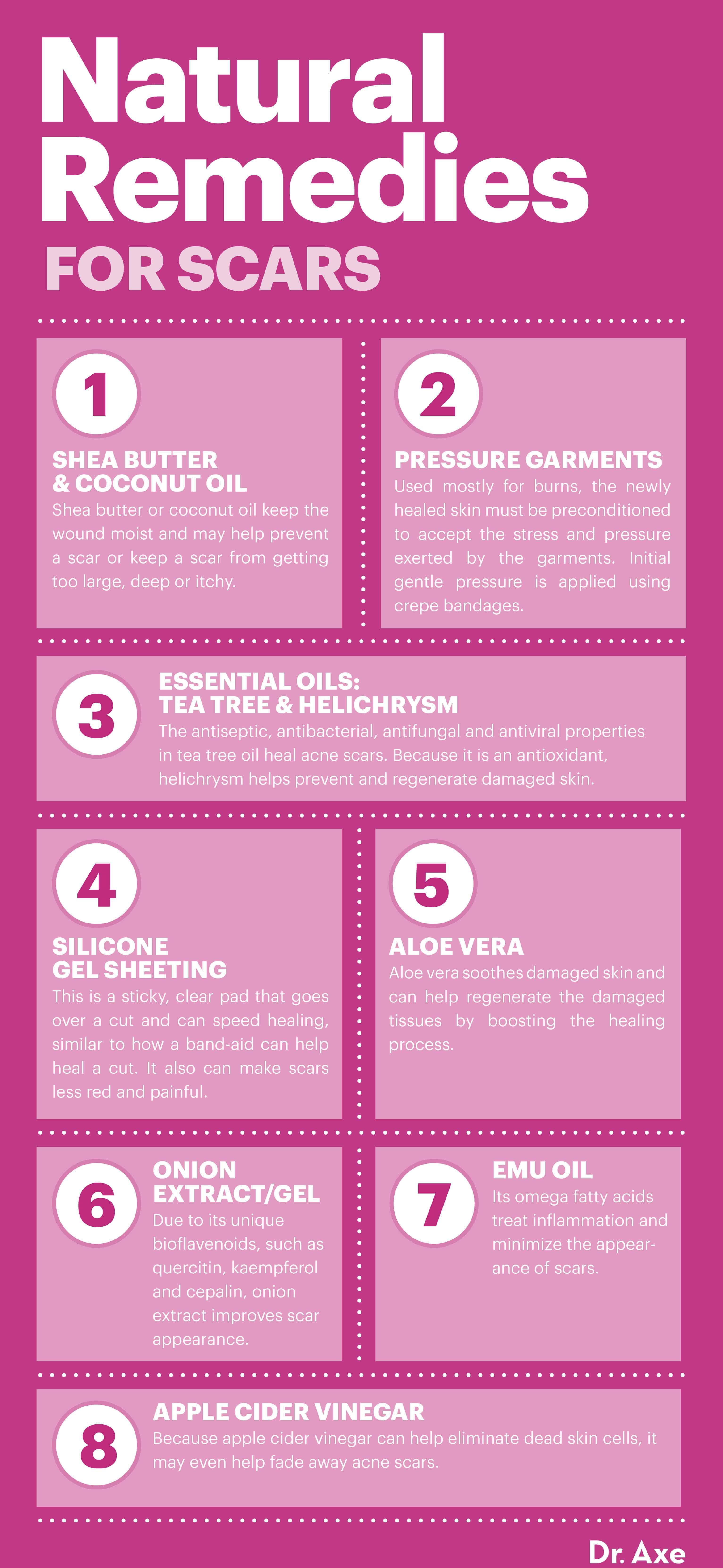
5. Aloe vera
Long known as a great natural remedy to help many skin conditions, aloe vera benefits include treating scars. It not only soothes damaged skin, but it can help regenerate the damaged tissues by boosting the healing process.
In rat studies, aloe vera topical treatment was effective in treating burns and scarring. In addition, the wound-healing effects of aloe vera have been verified extensively, including its ability to remove scarring.
While it’s better to use the fresh gel-like substance that is found directly from the aloe vera leaf, it’s easy to find pure aloe vera at your health food store.
To use the aloe vera leaf, peel its outer green cover to reveal a gel-like substance. Apply the gel directly onto the scarred area.
Leave it for about a half hour or longer if possible. You can even sleep with it, as it dries quickly.
Try to apply it two or three times daily.
Not only will your acne scars diminish, but you also may see a nice glow to your skin and it will become tighter, reducing wrinkles — an added benefit!
6. Tea tree and helichrysum essential oils
Tea tree oil is an amazing natural remedy for how to get rid of scars. It’s very effective because it has antiseptic, antibacterial, antifungal and antiviral properties.
As an effective natural acne treatment, tea tree oil is effective in helping heal acne scars. It’s most beneficial in healing hypertrophic scars and may gradually diminish the scar.
Take two to four drops of tea tree oil combined with coconut oil, and rub it onto the affected area twice a day.
Helichrysum essential oil is also a great choice for helping diminish the appearance of scars because of its antibacterial properties, much like tea tree oil. Because it is an antioxidant, helichrysum helps prevent and regenerate damaged skin.
7. Emu oil
Emu oil comes from the fat in the back of the emu bird. It has long been known to help kill bacteria and reduce inflammation.
Emu oil is rich in omega fatty acids — omega-9, omega-6 and omega-3 fatty acids — which help you have a healthy glow to your skin. It has the ability to deeply penetrate and, therefore, deeply moisturize skin.
For this reason, it can be beneficial in treating inflammation and minimizing the appearance of scars, ultimately promoting the skin’s natural healing process.
8. Apple cider vinegar
Apple cider vinegar is an astringent and a natural disinfectant that makes it a great antiseptic and an effective treatment of acne and acne scars.
Because apple cider vinegar can help eliminate dead skin cells, it may even help fade away acne scars.
Mix apple cider vinegar with honey; then, using a cotton ball, apply to the skin or affected area. Leave it on for about 10 minutes, and then rinse. You can do this two to three times a day.
9. Vitamin E
Vitamin E is known for its ability to improve skin texture and reduce the appearance of scars. Vitamin E can be applied topically by breaking open a capsule and gently massaging it onto the scar.
10. Honey
Honey acts as a natural moisturizer with healing properties that may help reduce scar visibility over time. Applying honey to the scar area and leaving it overnight can promote healing and potentially work as a way for how to get rid of scars.
11. Lavender oil
Lavender essential oil may help reduce the appearance of scars by promoting skin regeneration. In fact, it’s been proved to have many benefits for the skin due to its antioxidative properties, and it appears that it can work as a way for how to get rid of scars.
Dilute it with a carrier oil, and apply it to the scar.
12. Olive Oil
Rich in antioxidants, olive oil can help fade scars and improve skin health. In fact, a 2021 study published in the Aesthetic Surgery Journal revealed that treating post-operative breast scars with oxygen-enriched olive oil can help in the maintenance of the wound and help heal the scarred areas.
Gently massage it into the scar to hydrate the skin.
13. Lemon
The natural bleaching properties of lemon can help lighten scars. It’s also commonly used as an alternative treatment for acne, and lemon peel has been found to be effective in protecting the skin from oxidative damage due to its polyphenol contnet.
Apply freshly squeezed lemon juice to the scar, and rinse off after 10 minutes. However, avoid sun exposure immediately after using lemon, as it can make the skin sensitive.
14. Potato
Potato juice has skin-brightening properties that may be able to help diminish scars, though there hasn’t been extensive research supporting this. Still, a 2017 study determined potato peel can help treat minor burns.
In addition, a 2024 study published in the Journal of Experimental Pharmacology concluded that “potato peel extract gel formulations at 4% and 6% concentrations were found to expedite the healing of incision wounds” in rats. This led researchers to declare that “potato peel extract gel holds excellent potential for development as an alternative medicine for natural and safe wound healing therapy.”
Cut a raw potato, and rub the juice directly onto the scarred area.
15. Rosehip and frankincense oils
These oils are known for their skin-repairing properties. Rosehip oil can reduce discoloration and improve skin texture, and it’s been used effectively to mitigate scarring.
Frankincense oil, meanwhile, can help reduce scar size.
Put a few drops of these essential oils on the area of concern.
16. Sun protection
Protecting scars from sun exposure can prevent them from becoming darker. Use sunscreen with high SPF to minimize scar visibility.
17. Makeup
While this technically isn’t a way for how to get rid of scars completely, for temporary scar coverage, makeup can help conceal scars effectively. Look for products designed to provide full coverage and match your skin tone.
18. Vitamin C
Known for its ability to boost collagen production and lighten hyperpigmentation, vitamin C can help fade scars when applied topically.
A 2013 study conducted on 80 Asian patients had participants use either a topical silicone gel mixture with vitamin C for six months after getting stitches removed on the face or no adjunctive treatment. The experimental group receiving the treatment saw significant decreases in scar elevation.
Ultimately, the researchers determined that “topical use of silicone gel containing vitamin C has the effect of improving the appearance of fine surgical scars in Asian facial skin.”
How to Get Rid of Scars Medically
1. Microneedling
Microneedling, or collagen induction therapy, is a minimally invasive skin treatment in which a dermatologist or aesthetician intentionally creates tiny punctures in the top layer of skin using micro-fine needles. It can help reduce the appearance of scars as well as stretch marks.
2. Steroids
Steroid injections can help flatten raised scars, particularly keloids and hypertrophic scars, by reducing inflammation.
3. Laser therapy
Laser treatments are used to reduce scar appearance by removing damaged skin and encouraging new skin growth.
4. Dermal fillers
Fillers, such as hyaluronic acid, can help plump up atrophic (sunken) scars, giving the skin a smoother appearance.
5. Chemical peels
Exfoliating the top layers of skin can improve the appearance of shallow scars and discoloration.
6. Subcision
Subcision is a minor surgical procedure used to treat depressed scars by breaking up the underlying fibrous tissue that causes skin indentation.
7. Punch excision
Punch excision is a technique used for removing deeper scars by excising the scar tissue and allowing the area to heal with less noticeable scarring.
8. Medicated creams and over-the-counter creams
Prescription creams can be used to treat scars by reducing their size, discoloration and texture. OTC creams with ingredients like silicone, retinoids or onion extract may help improve the appearance of scars.
Other treatments, like dermaplaning, may also be a way for how to get rid of scars, while products, like alpha arbutin, may also help.
Types of Scars
Scarring is a natural part of the healing process after an injury or inflammation has occurred. How it looks and the best treatment for it depends on the type of scarring that has occurred, as well as the depth, size and location of the injury.
Other factors that can affect scarring include age, genes, sex and ethnicity.
To determine how to get rid of scars, it’s best to know what type of scar you have.
Keloid scars
A keloid scar is best described as a firm, rubbery lesion or shiny, fibrous nodule. Keloid scars can vary from pink to the color of the skin or red to dark brown.
These scars are the result of a healing process from an injury, typically extending beyond the original injury due to mechanical forces on the wound and possible wound infections.
Keloid scars occur due to excessive collagen deposits, but additional research is needed to fully understand this process.
Over time, a keloid scar may limit movement. Benign and not at all contagious, a keloid scar is sometimes accompanied by severe itchiness, pain and changes in texture.
These type of scars are seen more frequently in highly pigmented ethnic groups than in Caucasians.
There are numerous ways that a keloid scar can occur, such as skin burns, acne, chicken pox, ear piercing, scratches, surgical cuts or at a vaccination site.
The treatment used varies depending on whether the keloid is small and single or large and multiple. Regardless, it usually takes time to heal as well as several steps.
Some prefer steroid injections, cryotherapy (a freezing therapy) and silicone sheets to help flatten the scar. It may be possible to prevent keloid formation by using pressure treatment or gel pads with silicone if treated early enough in the process.
Hypertrophic scars
A hypertrophic scar is similar to a keloid in that it’s raised, but it doesn’t go beyond the injured area. It’s easy to get hypertrophic scars confused with keloid scars but very important to distinguish the two so proper treatment may be provided.
Hypertrophic scars are rarely more than 4 millimeters above the skin — unlike keloids, which are often higher. They’re usually red or pink in color, hard, and itchy.
Hypertrophic scars primarily contain type III collagen and are parallel to the epidermal surface with abundant nodules and large extracellular collagen filaments.
Hypertrophic scars may have more success in the healing process than keloids. Treatments include injections of steroids to reduce inflammation, silicone sheets that flatten the scar, onion extract gel and other therapies that are directed at collagen synthesis.
Atrophic scars
These scars appear sunken and are often a result of acne or chickenpox. They occur when the skin is unable to regenerate tissue, leading to depressed scars.
Contracture scars
Contracture scars are the result of a burn on the skin. Typically, these scars tighten the skin, possibly impairing the ability to move that area.
These types of scars can go deeper, affecting muscles and nerves, and can be devastating to burn victims, especially if they form on more visible parts of the body.
Depending upon the injury, post-burn scars are inevitable even with the best of treatment. Even though it can be extremely uncomfortable, scars are actual a form of healing.
There are some procedures that can minimize this scarring, yet it is rare to eliminate the scarring completely.
Acne scars
Severe acne can leave scars that appear as deep pits or angular and wavelike. Acne scars can occur on most anyone.
When acne breakouts penetrate the skin deeply, they damage the skin and the tissue beneath it. It’s worse when the skin is inflamed, presenting a swollen, reddish blemish, such as acne cysts and nodules.
It can become even worse if acne goes untreated, ultimately causing scarring.
Picking, squeezing and popping acne causes more inflammation. It’s best to just leave it alone.
Unfortunately, genes can play a role in whether or not one is prone to acne and scarring.
I’m sure you’re wondering what happens to cause the scarring.
As the acne clears, the body tries to repair the damage caused by the inflammation. During the healing process, the body produces collagen to give the skin support. If the body produces too little or too much collagen, you’re likely to see a scar.
The type of scarring that occurs depends on how much collagen your body makes.
Fine-line scars
Often the result of minor injuries or surgeries, fine-line scars are usually thin and flat. They may fade over time and can be treated with topical creams.
Widespread scars
Occurring after large surgical incisions or wounds, these scars can stretch over time, becoming wide and flat. They are common after procedures like joint replacements or C-sections.
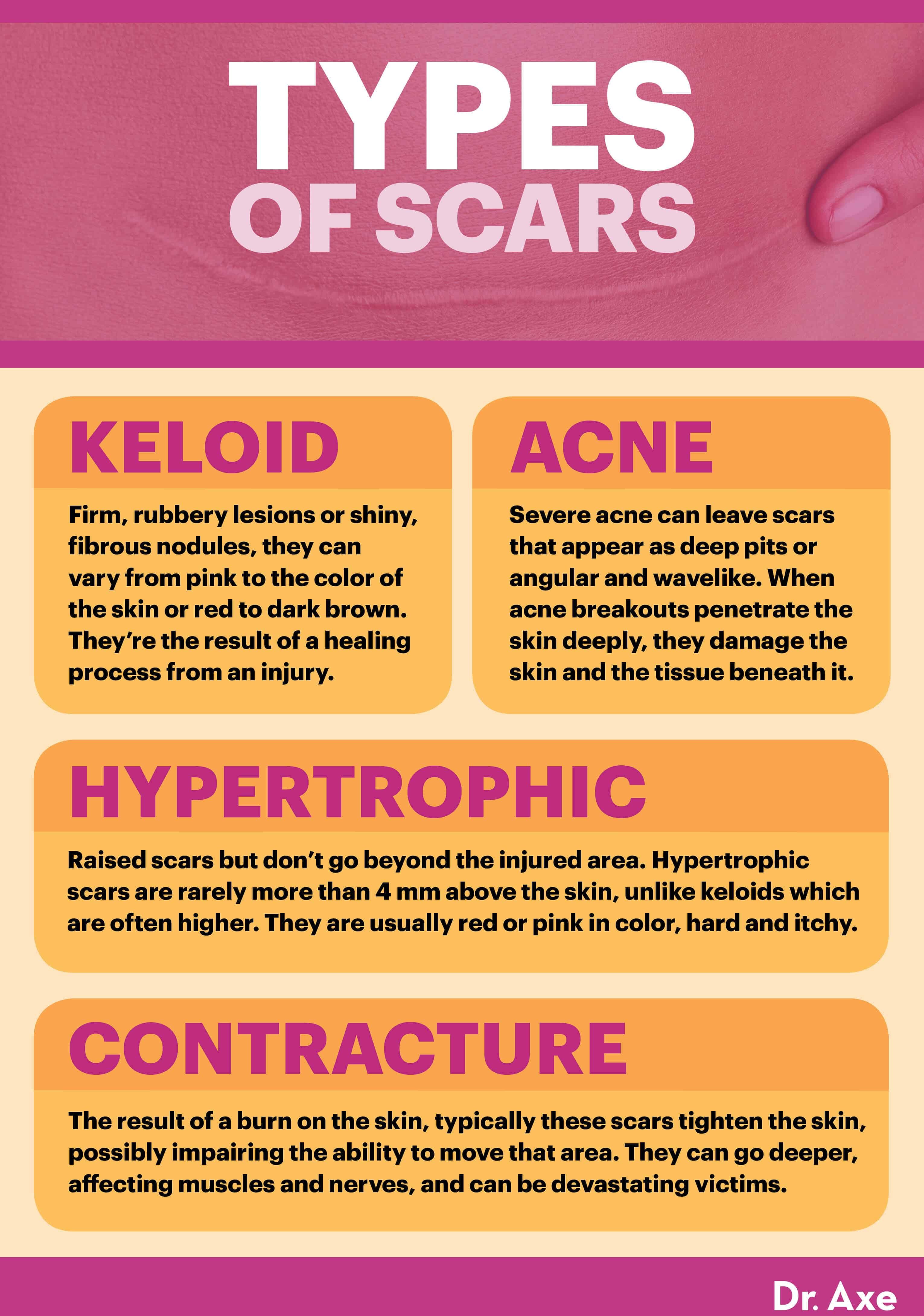
Takeaways
- Wondering how to get rid of scars? While there are many things you can do to help minimize scarring, scars cannot be completely removed.
- Keep in mind that trying anything new, especially for pregnant women and children, should be tested and discussed with your doctor.
- However, if you try these secrets on how to get rid of scars, you’ll see vast improvement in the visibility — or lack thereof — of those unsightly scars.
- So remember, you can use essential oils, pressure garments, gel sheeting and other natural ways to remove scars and avoid unnecessary and sometimes harmful surgical procedures, all from the comfort of your own home!

